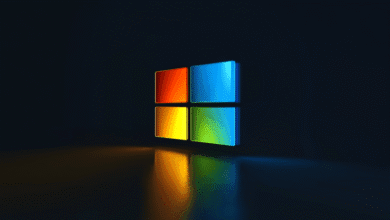Microsoft Adds OpenAI’s Lightest AI Model to Windows

▼ Summary
– Microsoft is offering OpenAI’s free GPT model, gpt-oss-20b, to Windows 11 users through its Windows AI Foundry platform.
– The model is lightweight, optimized for tasks like code execution, and designed to run efficiently on various Windows hardware.
– gpt-oss-20b requires at least 16GB of VRAM and was trained using high-compute reinforcement learning for AI agent tasks.
– The model is text-only and cannot process images or audio, and it frequently hallucinates, with a 53% error rate on OpenAI’s PersonQA benchmark.
– Microsoft plans to expand availability to macOS and other devices, while also offering the model via Azure AI Foundry and AWS.
Microsoft has integrated OpenAI’s most lightweight AI model into Windows 11, giving users direct access to advanced AI capabilities through the Windows AI Foundry platform. This move brings gpt-oss-20b, a free and open model optimized for efficiency, to consumer devices, enabling developers and businesses to leverage AI for tasks like code execution and workflow automation.
Designed to run smoothly on hardware with at least 16GB of VRAM, the model is compatible with modern GPUs from Nvidia and Radeon. Unlike OpenAI’s more complex models, gpt-oss-20b focuses solely on text processing, making it ideal for applications like autonomous assistants or tool integration without the overhead of multimedia generation. However, users should note its tendency to hallucinate answers, with OpenAI’s internal tests showing inaccuracies in 53% of responses on its PersonQA benchmark.
Microsoft plans to expand availability to macOS and additional devices in the near future, though specific timelines remain undisclosed. For enterprises, both gpt-oss-20b and its larger counterpart, gpt-oss-120b, are accessible via Azure AI Foundry, while AWS users can also deploy these models on Amazon’s cloud platform.
This rollout underscores Microsoft’s commitment to democratizing AI tools, ensuring even bandwidth-constrained environments can harness the power of intelligent automation. Developers now have a versatile, lightweight option for embedding AI into real-world applications without requiring high-end infrastructure.
(Source: TechCrunch)





